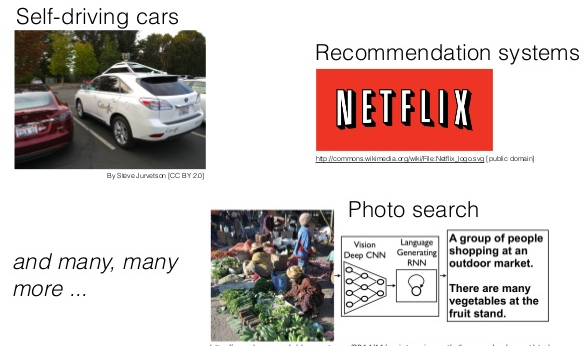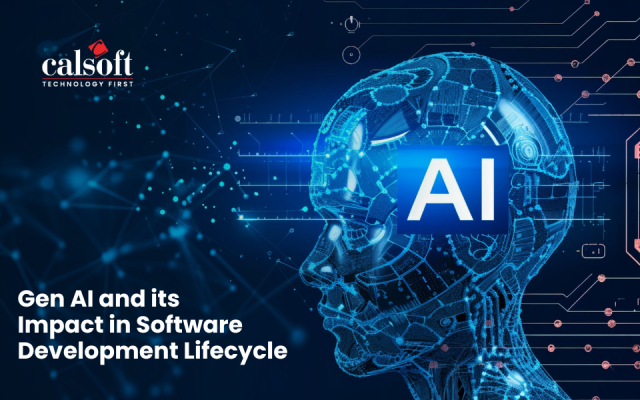As per dictionary Learning means gain knowledge, understand the things. Zoologists and psychologists are doing learning in animals and humans species. Here we can discuss about learning in machines namely computer machines.
As human beings, we have capability to read, watch, understand and make decisions. What if we can add this capability to machine so that they can take decision by processing large amount of data? We will provide such capability to machine through algorithm which we called as Machine Learning.
What is Machine Learning, as per Arthur Samuel way back in 1959: “[Machine Learning is the] field of study that gives computers the ability to learn without being explicitly programmed.” Machine Learning is an algorithm or program that read data, analyse it, identify the pattern and base on analysis it will perform operations, it will change rest of its flow, it will do suggestions & recommendations.
We tell machine to learn, it learns from its past decisions, from its past data which it has analysed & processed. Machine Learning predict result base on its statistical analysis In simple word, it means you need to write program to predict, it will predict base upon patterns identified in data.
We require algorithm for online product recommendation, search engine, new feeds result, traffic guidance etc. All these activities involve large amount data need to be processed in order to take decision. Machine learning help in this scenario, they take large amount of data, learn from its example, take decision and respond back to variety of inputs.
It is very helpful in customer facing business like online store; it helps to predict business growth using historical data and identify potential future, growth, trends in market.
Machine Learning always gave competitive edge to businesses. An amount of data business has generating per day, amount of data need to access and process but if we have Machine Learning then processing this information and identifying pattern become much faster so it helps business to do things better.
Machine Learning: Algorithms Types
Machine learning algorithms are organized as:
- Supervised learning: where the algorithm generates a function that maps inputs to desired outputs.
- Unsupervised learning: which models a set of inputs: labeled examples are not available.
- Reinforcement learning: where the algorithm learns a policy of how to act given an observation of the world.
- Semi-supervised learning which combines both labeled and unlabeled examples to generate an appropriate function or classifier.
Machine Learning Examples
Below are few examples where we can use machine learning technique.
- Email spam detection: When we have thousands of emails in inbox and need to identify which mails are spam and which or not, based on our decision we need move spam mails to spam folder
- Credit card fraud detection: Based upon transaction made by customer we need to identify which transaction genuine and which or fraud so we will refund the customer
- Digit recognition: This is useful in post office to sort letters/envelope base on its postal code
- Product recommendation: Base on purchase order history of customer, products information page which customer is regularly visiting and identifying customer’s watcher list, a program can recommend the product and motivate customer to purchase it.
- Medical diagnosis: Base on patient’s symptoms, previous record it will predict which illness patient does have.
- Stock trading: Based on current and past value of shares it predicts share’s movement and suggest share holder to buy or sell the share. It is useful for financial analyst.
Real life examples:
Problem:
Decide whether to wait for a coffee machine, based on the following attributes:
- Alternate: is there an alternative coffee machine?
- Is today Friday or Saturday?
- Hungry: are we hungry?
- Number of people waiting near coffee machine
- Price: price range
- Which flavor available
- Quantity of coffee?
- Do we have any complementary item with coffee?
- Estimated waiting time (0-10, 10-30, 30-60, >60)
Based on these attributes we can take decision whether to wait for coffee or not More the data we have, decision will be nicer. We are adding intelligent to algorithm so based on data it will predict properly.
[Tweet “#MachineLearning – The Data Science Used by Computers to Learn Drom Data ~ via @CalsoftInc”]







